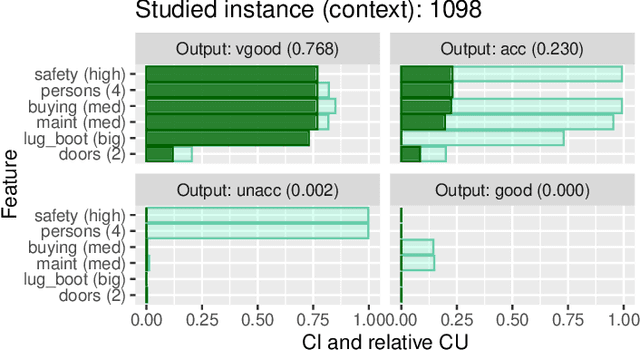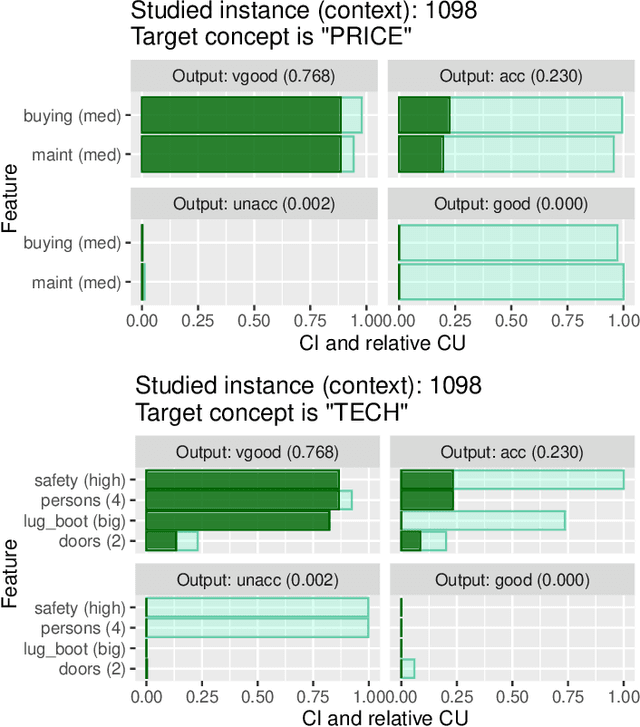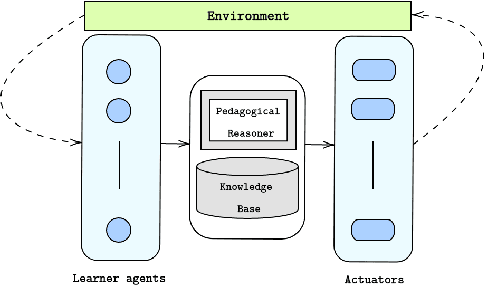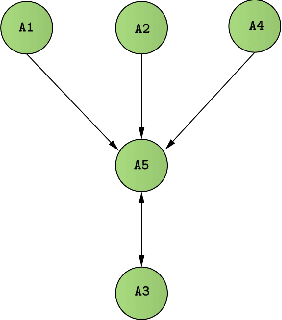Minal Suresh Patil
Towards Specification-Driven LLM-Based Generation of Embedded Automotive Software
Nov 20, 2024



Abstract:The paper studies how code generation by LLMs can be combined with formal verification to produce critical embedded software. The first contribution is a general framework, spec2code, in which LLMs are combined with different types of critics that produce feedback for iterative backprompting and fine-tuning. The second contribution presents a first feasibility study, where a minimalistic instantiation of spec2code, without iterative backprompting and fine-tuning, is empirically evaluated using three industrial case studies from the heavy vehicle manufacturer Scania. The goal is to automatically generate industrial-quality code from specifications only. Different combinations of formal ACSL specifications and natural language specifications are explored. The results indicate that formally correct code can be generated even without the application of iterative backprompting and fine-tuning.
Context, Utility and Influence of an Explanation
Mar 22, 2023Abstract:Contextual utility theory integrates context-sensitive factors into utility-based decision-making models. It stresses the importance of understanding individual decision-makers' preferences, values, and beliefs and the situational factors that affect them. Contextual utility theory benefits explainable AI. First, it can improve transparency and understanding of how AI systems affect decision-making. It can reveal AI model biases and limitations by considering personal preferences and context. Second, contextual utility theory can make AI systems more personalized and adaptable to users and stakeholders. AI systems can better meet user needs and values by incorporating demographic and cultural data. Finally, contextual utility theory promotes ethical AI development and social responsibility. AI developers can create ethical systems that benefit society by considering contextual factors like societal norms and values. This work, demonstrates how contextual utility theory can improve AI system transparency, personalization, and ethics, benefiting both users and developers.
Do intermediate feature coalitions aid explainability of black-box models?
Mar 21, 2023



Abstract:This work introduces the notion of intermediate concepts based on levels structure to aid explainability for black-box models. The levels structure is a hierarchical structure in which each level corresponds to features of a dataset (i.e., a player-set partition). The level of coarseness increases from the trivial set, which only comprises singletons, to the set, which only contains the grand coalition. In addition, it is possible to establish meronomies, i.e., part-whole relationships, via a domain expert that can be utilised to generate explanations at an abstract level. We illustrate the usability of this approach in a real-world car model example and the Titanic dataset, where intermediate concepts aid in explainability at different levels of abstraction.
Online Handbook of Argumentation for AI: Volume 3
Dec 15, 2022



Abstract:This volume contains revised versions of the papers selected for the third volume of the Online Handbook of Argumentation for AI (OHAAI). Previously, formal theories of argument and argument interaction have been proposed and studied, and this has led to the more recent study of computational models of argument. Argumentation, as a field within artificial intelligence (AI), is highly relevant for researchers interested in symbolic representations of knowledge and defeasible reasoning. The purpose of this handbook is to provide an open access and curated anthology for the argumentation research community. OHAAI is designed to serve as a research hub to keep track of the latest and upcoming PhD-driven research on the theory and application of argumentation in all areas related to AI.
Towards Preserving Semantic Structure in Argumentative Multi-Agent via Abstract Interpretation
Nov 28, 2022


Abstract:Over the recent twenty years, argumentation has received considerable attention in the fields of knowledge representation, reasoning, and multi-agent systems. However, argumentation in dynamic multi-agent systems encounters the problem of significant arguments generated by agents, which comes at the expense of representational complexity and computational cost. In this work, we aim to investigate the notion of abstraction from the model-checking perspective, where several arguments are trying to defend the same position from various points of view, thereby reducing the size of the argumentation framework whilst preserving the semantic flow structure in the system.
 Add to Chrome
Add to Chrome Add to Firefox
Add to Firefox Add to Edge
Add to Edge